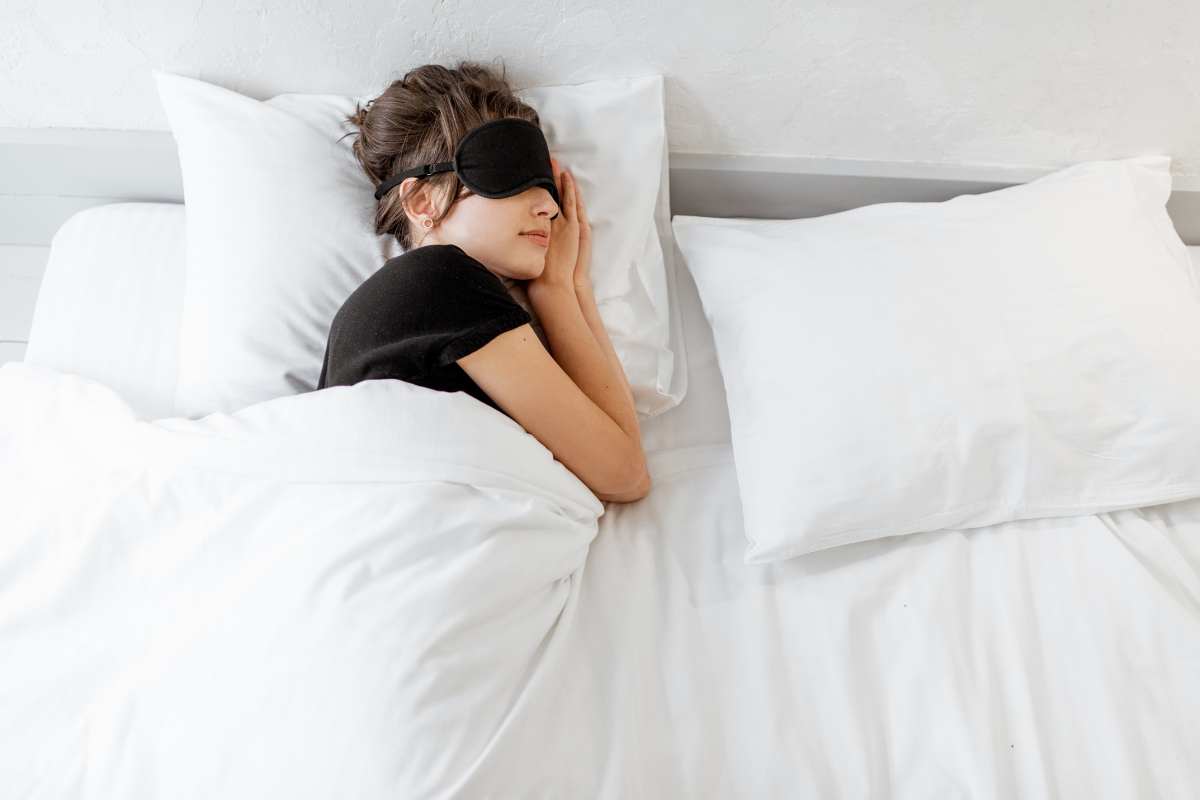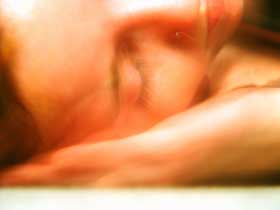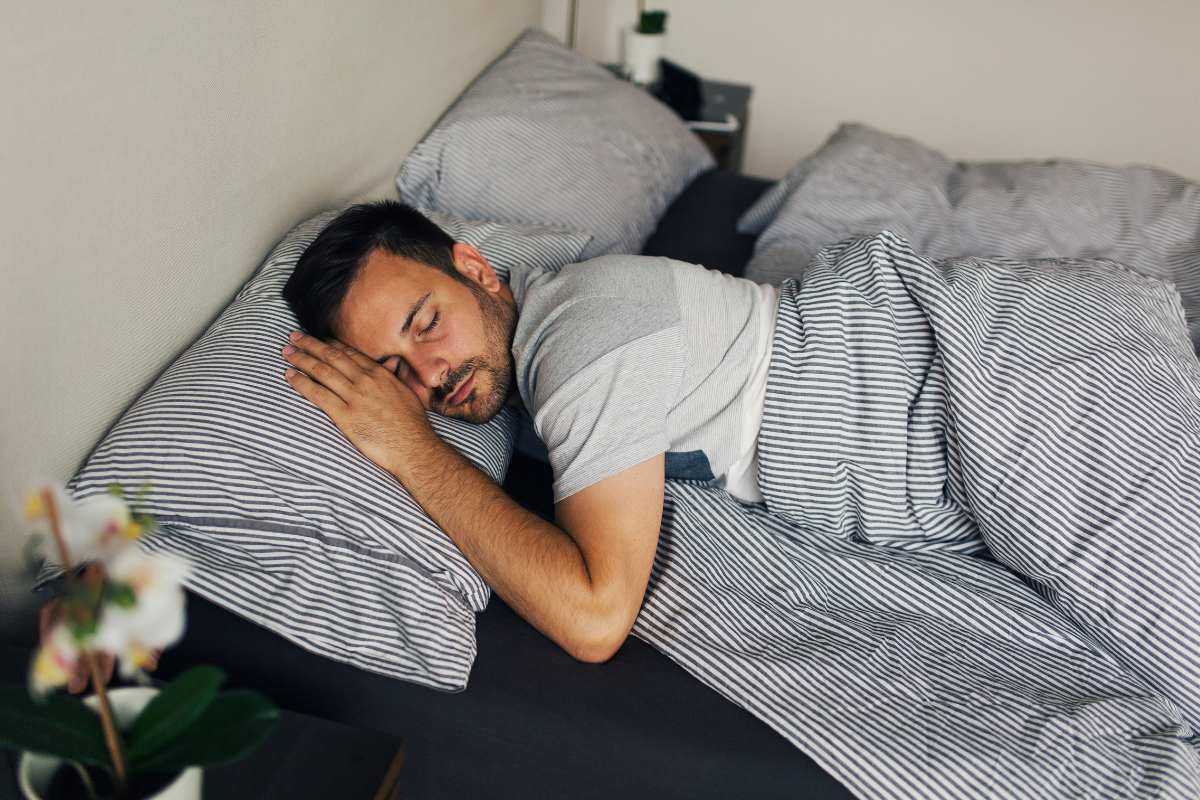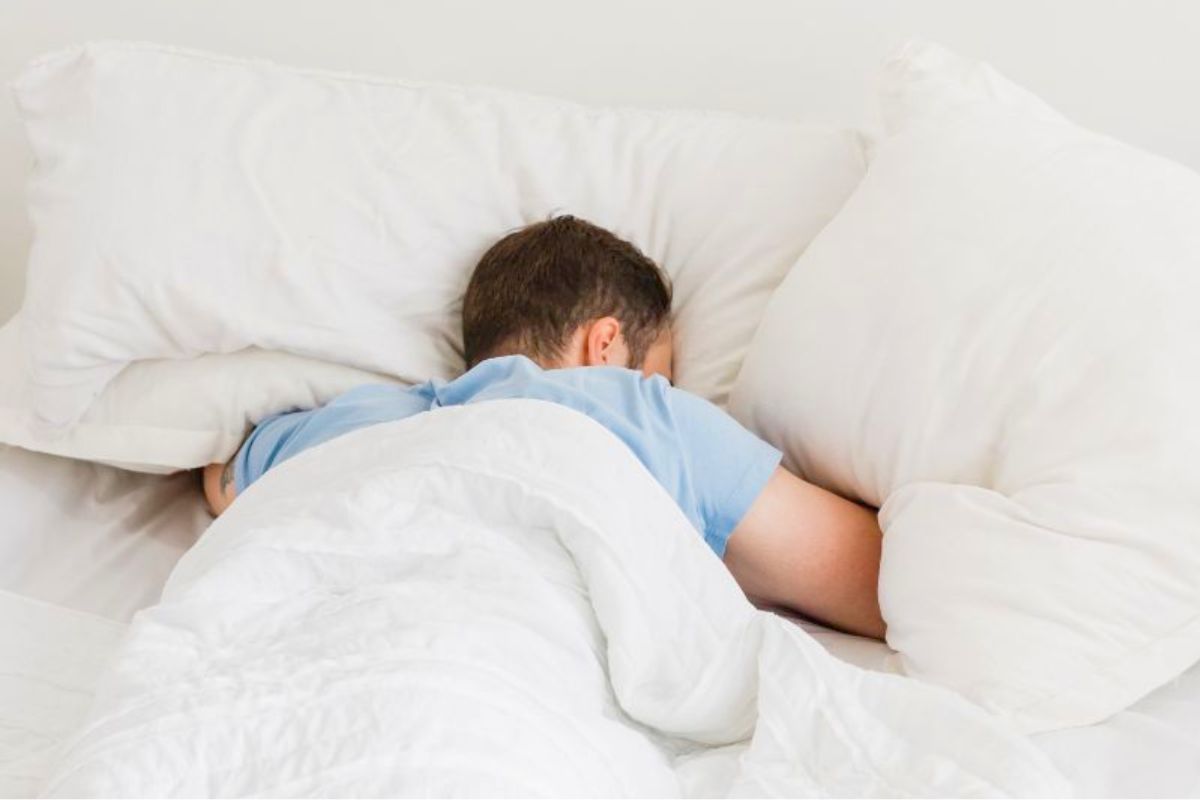A diagnosis of idiopathic insomnia

A diagnosis of idiopathic insomnia may be made when a doctor has no idea of what is causing the symptom. The term is basically synonymous with primary insomnia, which is a sleep disorder. The diagnosis is made when no other health problem is present.
Secondary insomnia, on the other hand, is a symptom. It may be a symptom of disease or drug abuse. Excessive consumption of caffeine is one of the most common causes in industrialized nations.
Other terms that may be used to describe an inability to sleep include transient, acute and chronic. The term transient is used when an inability to sleep lasts for only a few days or a few weeks. The transient type may be either primary or secondary.
Idiopathic insomnia Accute
The term acute is used when a person consistently has trouble sleeping for several weeks or months in a row. In the chronic condition, the disorder may last for years.
Idiopathic insomnia, primary insomnia and secondary insomnia are further broken down according to the “patterns” involved. Those patterns are onset, middle-of-the-night, middle and terminal or late.
Some people have trouble falling asleep. They may feel sleepy, but end up tossing and turning for hours before they finally fall asleep out of exhaustion. This pattern is referred to as onset and is often accompanied by anxiety disorders or excessive worrying.

Some people routinely wake up during the middle of the night and have trouble falling back to sleep. Oftentimes, the cause of the awakening is a need to urinate. Men with prostate problems often have the middle-of-the-night type.
Some people simply have trouble staying asleep. They sleep for a few hours, and then wake for a few hours. So, basically, they are up and down all night. This would be referred to as the “middle” type. Painful conditions such as arthritis, lupus and fibromyalgia often cause the symptom.
Doctors use the word “terminal” or late to describe a pattern that involves waking early in the morning, before a full 7-8 hours of sleep. This type may be a symptom of clinical depression.
Most doctors attempt to determine whether a person is actually suffering insomnia or simply poor sleep “quality.” If that is the case, people are able to sleep, but they are unable to reach stage 4 or delta sleep, before awakening. Stage 4 has more restorative properties than the other stages. Not reaching the stage can cause daytime fatigue and other health problems.
Conditions that can cause poor quality sleep include sleep apnea, in which a person’s breathing stops one or more times during the night. A sleep study may be suggested when an apnea is suspected. Clinical depression and hormonal imbalances are other causes.

Severe primary insomnia or idiopathic insomnia
Severe primary insomnia or idiopathic insomnia is defined as sleeping less than 3.5 hours per night for women and lessthan 4.5 hours per night for men. When the condition is chronic, it is accompanied by an increased risk of mortality, according to surveys conducted by the American Cancer Society(1).
The studies indicated that there is no increased risk of mortality among people that sleep between 6.5 and 7.5 hours per night and only a
slight risk is associated with sleeping 4.5 to 6.5 hours per night. So, people with mild to moderate insomnias need not worry too much about
their lack of sleep.
In the case of secondary insomnia, which is a symptom of a disorder, not an actual disorder in itself, it is important to find the underlying cause and address it. That is how the most effective treatments are identified. For example, if a person also suffers from restless legs syndrome, the actual cause is a nutritional deficiency, usually magnesium.
In the case of idiopathic insomnia, medications might be prescribed, but they are accompanied by unwanted side effects and risk of overdose. Many natural approaches are effective and unaccompanied by risks.






